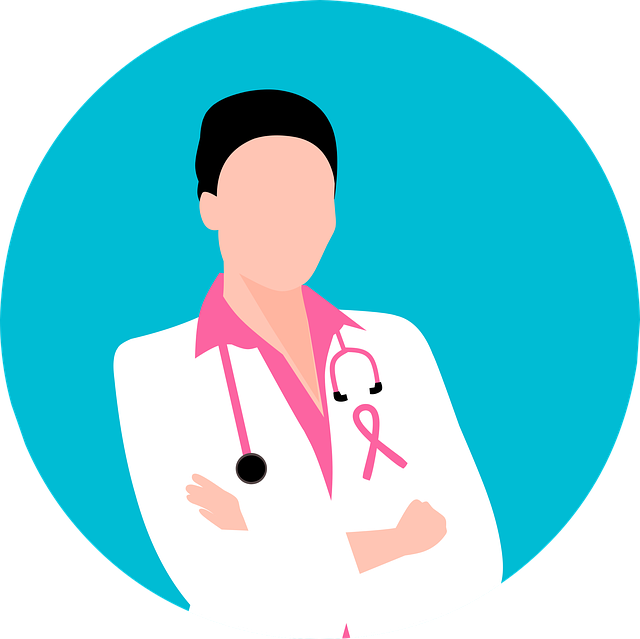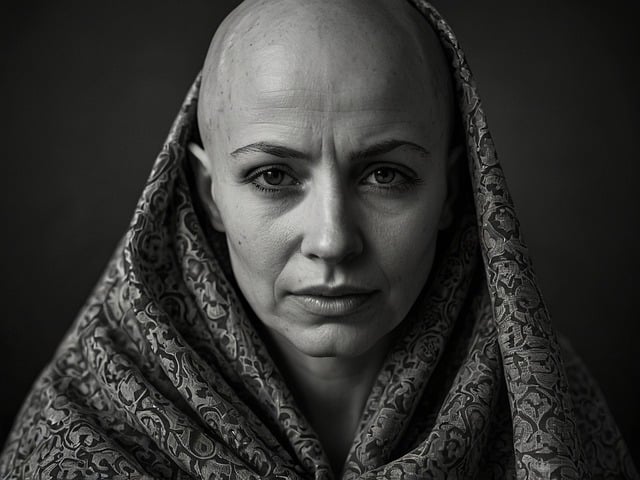Talking about the First signs of breast cancer is an important topic because breast cancer is the second most common cancer diagnosed in women after skin cancer, and It is the second leading cause of cancer death after lung cancer.

What is breast cancer?
Breast cancer is when the cells under one or both breasts grow out of control and the First signs of breast cancer appear.
Those cells may spread beyond the breasts. When that happens the cancer is called metastatic.
Information about breast cancer
Different types of breast cancer grow and spread at different rates. Some take years to spread beyond the breast, while others grow and spread quickly.
Breast cancer usually begins either in glands that make milk called (lobular carcinoma) or in the ducts that carry it to the nipple called (ductal carcinoma).
It can grow large in the breast and spread to nearby lymph nodes or throw the bloodstream.
Epidemiology of breast cancer
- White women get breast cancer at higher rates than women of any other race and appearing of First signs of breast cancer
- Breast cancer will affect 1 in 8 women in their life
- About two-thirds of women with breast cancer are 55 or older most of the rest are between 35 and 54.
- About 300,000 cases of breast cancer are reported annually in the U.S.
The most common types of breast cancer
The most common types of breast cancer include:
In situ cancers
These types have not spread past the duct or lobule where they started.
Ductal carcinoma in situ (DCIS). This is ductal carcinoma in its earliest stage in this case the disease is still in the milk ducts and the First signs of breast cancer are mild. But if you don't treat this type it can become invasive and is curable.
Lobular carcinoma in situ (LCIS) is found only in the lobules that produce breast milk, it isn't a true cancer but it means you are more likely to get breast cancer later If you have it get regular breast cancer exams and a mammogram.
Invasive cancers
These have spread or invaded the surrounding breast tissue.
- Invasive ductal carcinoma(IDC). This type of cancer starts in the milk ducts. It penetrates the wall of the duct and infests the fatty tissues of the breast accounting for 80% of invasive cases and the First signs of breast cancer are observed.
- Invasive lobular carcinoma (ILC). This type of cancer starts in the lobules but spreads to the other body parts accounting for 10% of invasive cases.
This type of (ILC) includes subtypes are:
a) Adenoid Cystic carcinoma.
b) Low-grade adenosquamous carcinoma is a type of metaplastic carcinoma.

First signs of breast cancer and the other symptoms
Breast cancer can manifest in various ways and being aware of the early or first signs of breast cancer is crucial for timely diagnosis and treatment.
Here are some of the most common initial or first signs of breast cancer to look out for:
Lump or Mass
The most common first sign of breast cancer is the presence of a new lump or mass in the breast. This lump may be painless, hard, and have irregular edges but some lumps can be soft and round
Many lumps are detected during routine mammograms before they can be felt.
Change in breast shape or size
Noticeable changes in the size or shape of one breast compared to the other can be a warning sign. This may include swelling or a change in contour.
Nipple changes
Symptoms may include discharge from the nipple (which can be clear, bloody, or another color) or changes in the appearance of the nipple such as flattening or inversion.
Nipple pain or tenderness can also occur.
Skin changes
Look for any changes in the skin of the breast such as redness, swelling, or a change in texture (dimpled, or puckered skin).
Inflammatory breast cancer, a rare and aggressive form may cause the breast to appear swollen and red without a distinct lump.
Swollen lymph nodes
Swelling in the lymph node under the arm or near the collarbone can indicate that breast cancer has spread.
Persistent pain
While breast cancer is often painless, some individuals may experience persistent pain in the breast or surrounding areas.
What are the recommended screening methods for observation of First signs of breast cancer
Early observation of the first signs of breast cancer can improve treatment.
Here are the primary screening ways that are recommended.
Mammography
A mammogram is an X-ray of the breast that can discover tumors that are too small to be felt.
Women aged 40 to 54 should have annual mammograms but Women aged over 55 can have mammograms every two years.
Clinical breast exam
A physical examination of the breast is done by a healthcare professional. Women should have a CBE at least every 3 years starting at age 20 and annually at age 40.
Breast self-exam
A self-examination is performed by individuals to observe lumps or any changes in the breast.
Breast MRI
Magnetic Resonance Imaging (MRI) uses magnets and radio waves to create detailed images of the breast.
It is recommended for women at high risk for breast cancer and first signs of breast cancer appear and with a family history.
Genetic testing
Testing for mutation in genes that increase breast cancer and considered for women with a strong family history of breast cancer.
Risk factors for developing breast cancer
- Gender which women are more develop breast cancer than men
- Age the risk of breast cancer increases after 55 year
- Family history
- Genetic mutation
- Radiation exposure
- Lifestyle factors (Obesity-Alcohol consumption Physical inactivity)
- Reproductive history women who have never had children have a higher risk.
Conclusion
It should be vigilant about changes in your breasts and understanding the first signs of breast cancer .Can lead to early diagnosis and better treatment.
Women should discuss their personal risk factor with their healthcare provider to determine the most appropriate screening schedule and method for their individual needs.
Read more about:
Breast Infection During Pregnancy


You must be logged in to post a comment.